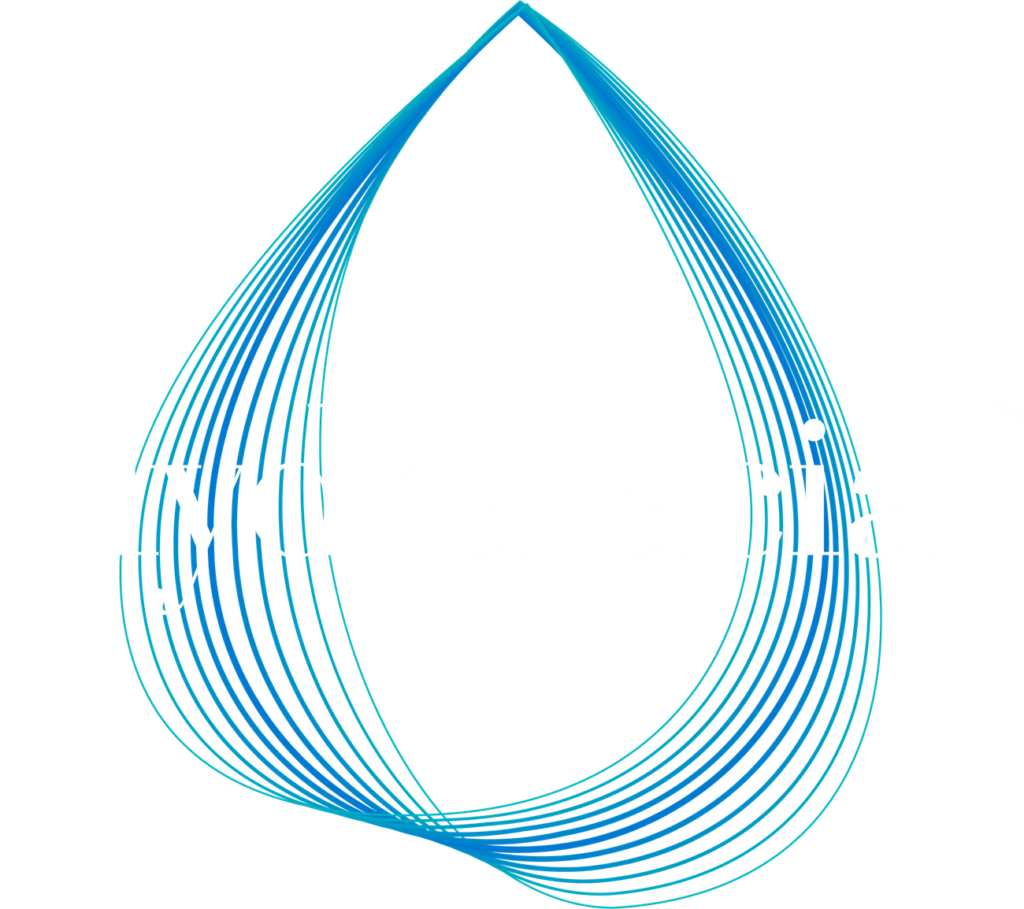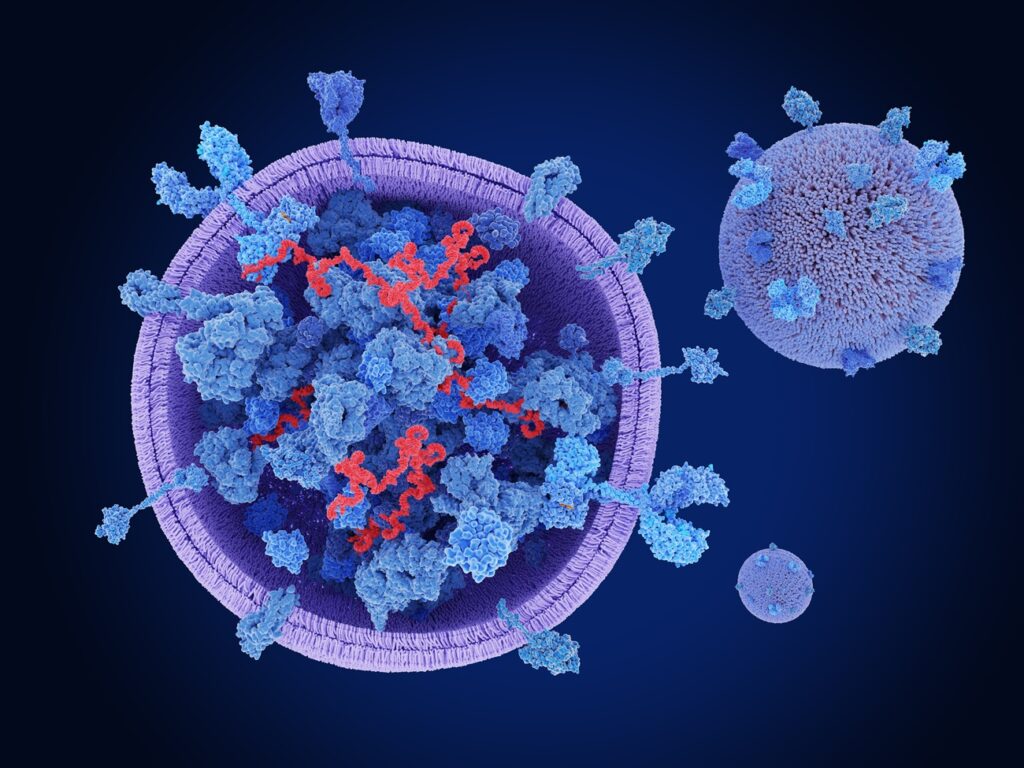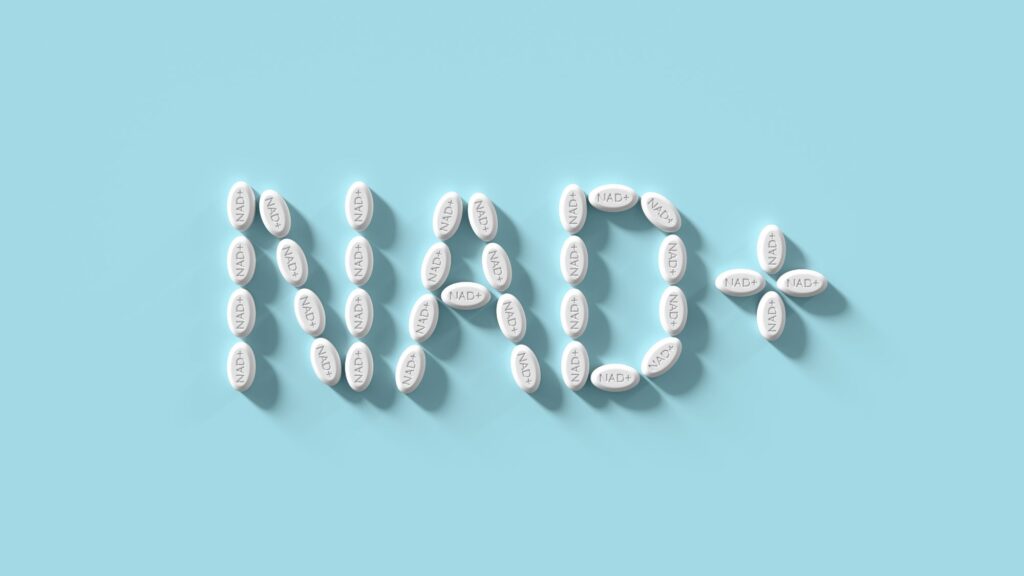What Is Sculptra? An Overview and History of Sculptra Dermal Filler
Sculptra is a type of dermal filler made from a synthetic substance called poly-L-lactic acid (PLLA). This material is safe for the body and breaks down naturally over time. French chemists developed PLLA in the 1950s, and medical professionals have since used it in many applications, such as dissolvable stitches and surgical products
In aesthetics, Sculptra was approved by the FDA in 2004 to treat facial lipoatrophy (the loss of fat tissue in the face, which can cause sunken or flattened areas) in HIV patients. In 2009, the FDA also approved it for reducing facial wrinkles, including deep lines like nasolabial folds.
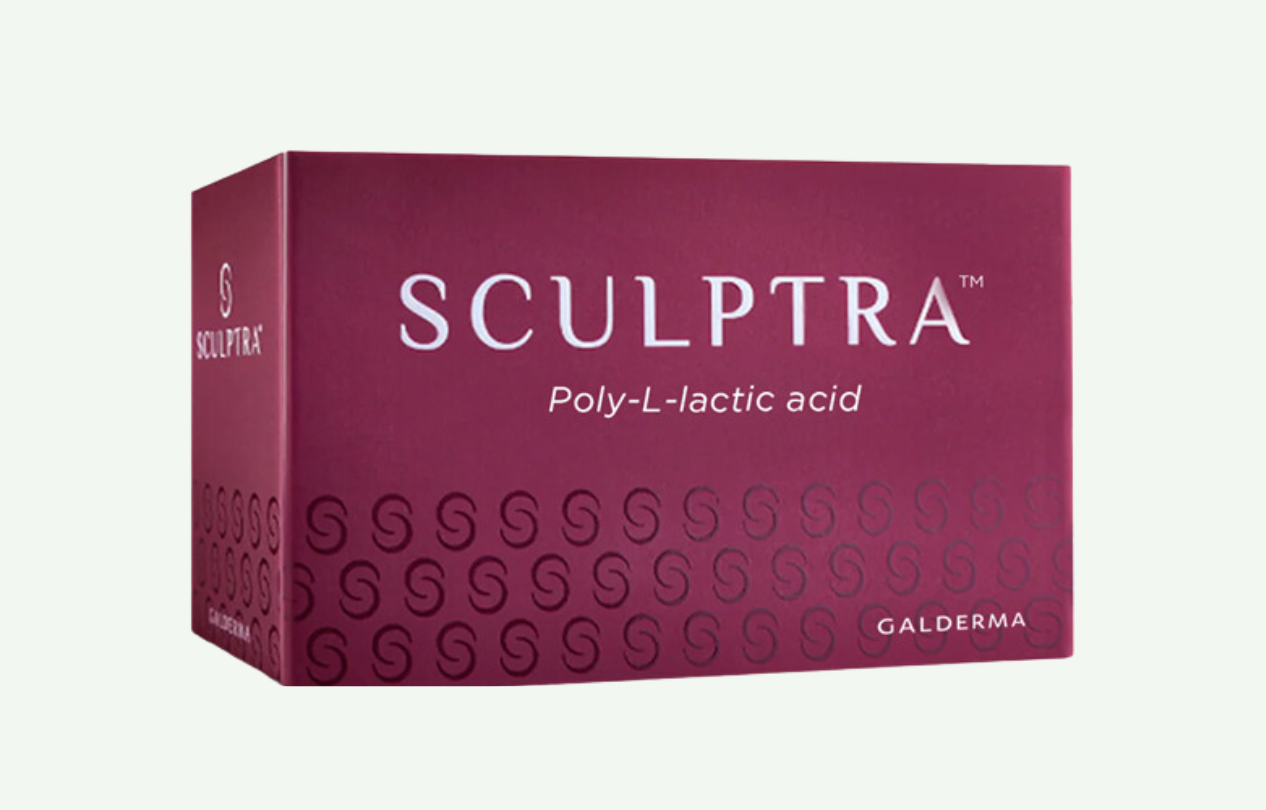
Mechanism of Action
Unlike traditional fillers that provide immediate volume by filling space, the gel-like substance of Sculptra works by stimulating the body’s own collagen production. When injected, PLLA microparticles act as a scaffold, creating a mild inflammatory response that attracts fibroblasts to the area. These fibroblasts produce new collagen over time, gradually restoring volume and improving skin texture and thickness. The initial volume seen immediately after injection is due to the water used to suspend the PLLA particles, which is absorbed by the body within a few days, leaving the PLLA particles to stimulate collagen production over several months.
Uses of Sculptra Dermal Filler
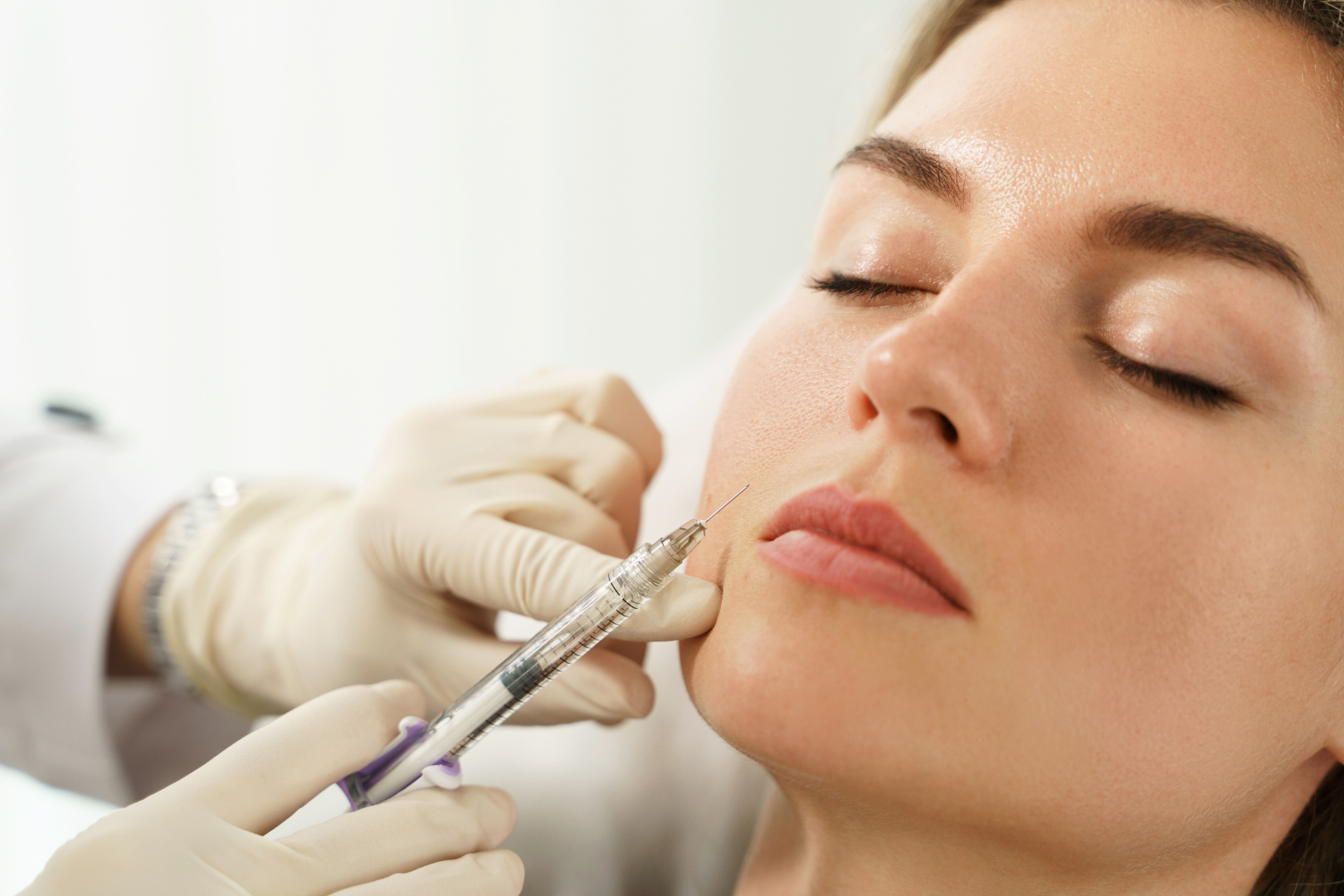
Sculptra is primarily used for:
- Correction of shallow to deep facial wrinkles and folds
- Treatment of facial lipoatrophy
- Enhancing facial volume in areas such as the cheeks, temples, and jawline
- Improving skin texture and thickness
Benefits of Sculptra Dermal Filler
- Long-Lasting Results: The effects of Sculptra can last up to 2 years or more, making it a cost-effective option for many patients.
- Natural-Looking Improvement: Because Sculptra stimulates the body’s own collagen production, the results are gradual and natural-looking.
- Versatility: Sculptra can be used to address a variety of aesthetic concerns, from deep wrinkles and folds to overall facial volume loss.
Risks and Side Effects of Sculptra Dermal Filler
Although most people tolerate Sculptra dermal filler well, patients should consider its potential risks and side effects.
Common Side Effects
- Swelling, Redness, and Bruising: These are common and typically resolve within a few days to a week.
- Pain at the Injection Site: This can be managed with over-the-counter pain relievers and typically goes away within a few days.
Less Common but Serious Side Effects
- Nodules and Granulomas: These can develop weeks to months after injection and are usually palpable rather than visible. Treatment can involve intralesional corticosteroid injections or surgical excision in severe cases.
- Infection: As with any injection, there is a risk of infection, which can be minimized by adhering to aseptic techniques.
- Hypersensitivity Reactions: Although rare, hypersensitivity to PLLA can occur and may present as prolonged redness, swelling, or nodules.
Conclusion
Sculptra dermal fillers offer a unique and effective approach to facial rejuvenation by harnessing the body’s natural collagen production processes. It’s helpful to know how Sculptra works, what results you can expect, and the potential benefits and risks. With the right approach, Sculptra can give you a refreshed, natural-looking appearance over time.
If you’re considering Sculptra or other dermal fillers to achieve a natural look, our expert team at Allure Aesthetics in King of Prussia, near Philadelphia, is here to guide you. We offer a range of advanced dermal fillers tailored to your aesthetic goals, helping you achieve gradual, lasting improvements through personalized care.
For more information or to schedule a consultation, please email us at info@allureaestheticsllc.com or book your appointment here. Start your journey to a more youthful, confident look today!
References
- Ao, Y.-J., Yi, Y., & Wu, G.-H. (2024). Application of PLLA (Poly-L-Lactic acid) for rejuvenation and reproduction of facial cutaneous tissue in aesthetics: A review. Medicine, 103(11), e37506. https://doi.org/10.1097/MD.0000000000037506
- Munia, C., & Parada, M. (2022). Changes in Facial Morphology Using Poly-L-lactic Acid Application According to Vector Technique: A. 15(7).
- Murakov, S. V., Razumovskaya, E. A., Zakharov, D. Yu., Timofeev, A. V., & Nikitina, E. A. (2023). Poly-L-lactic acid in aesthetic medicine. Plasticheskaya Khirurgiya i Esteticheskaya Meditsina, 4, 101. https://doi.org/10.17116/plast.hirurgia2023041101
- Nikolis, A., Avelar, L. E., & Enright, K. M. (2021). Evaluation of Cannula Safety in Injection of Poly-L-Lactic Acid. Clinical, Cosmetic and Investigational Dermatology, Volume 14, 615–622. https://doi.org/10.2147/CCID.S305479
- Ray, S., & Ta, H. T. (2020). Investigating the Effect of Biomaterials Such as Poly-(l-Lactic Acid) Particles on Collagen Synthesis In Vitro: Method Is Matter. Journal of Functional Biomaterials, 11(3), 51. https://doi.org/10.3390/jfb11030051
- Sedush, N. G., Kalinin, K. T., Azarkevich, P. N., & Gorskaya, A. A. (2023). Physicochemical Characteristics and Hydrolytic Degradation of Polylactic Acid Dermal Fillers: A Comparative Study. Cosmetics, 10(4), 110. https://doi.org/10.3390/cosmetics10040110
- Trinh, L. N., & Gupta, A. (2021). Non-Hyaluronic Acid Fillers for Midface Augmentation: A Systematic Review. Facial Plastic Surgery, 37(04), 536–542. https://doi.org/10.1055/s-0041-1725164







